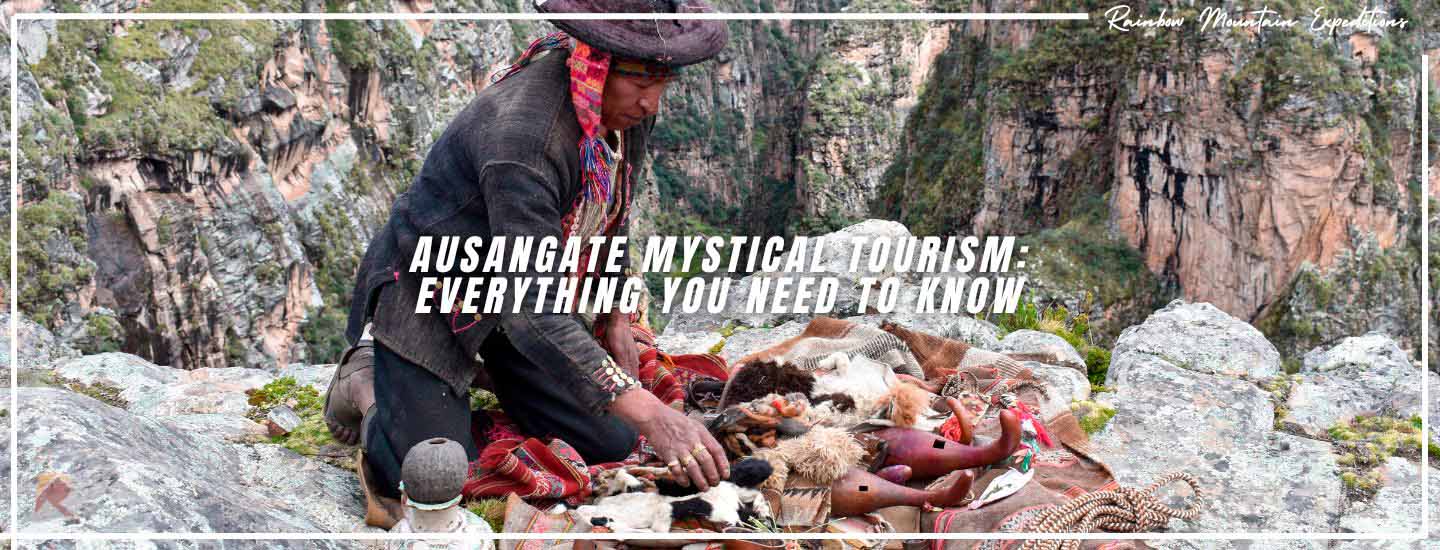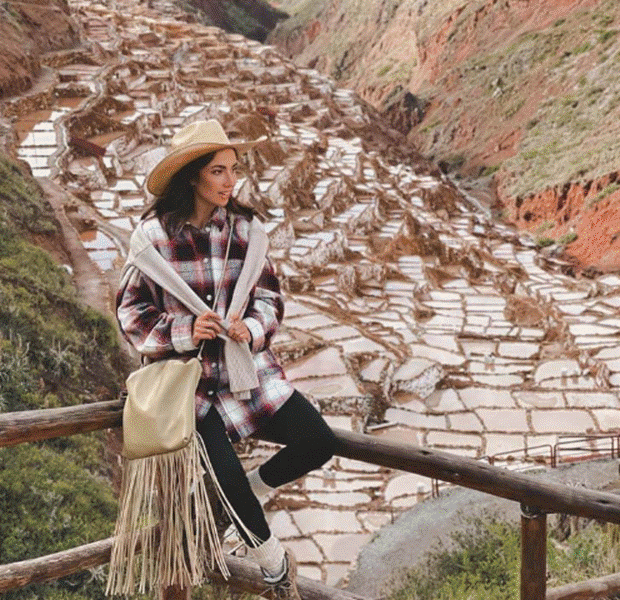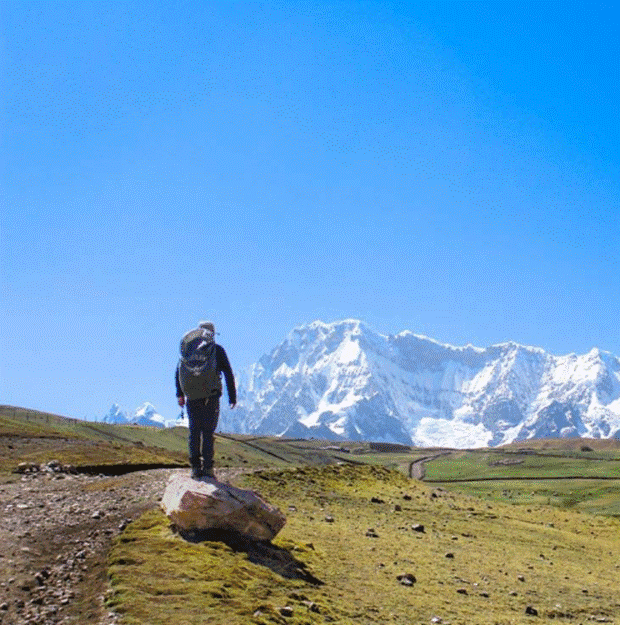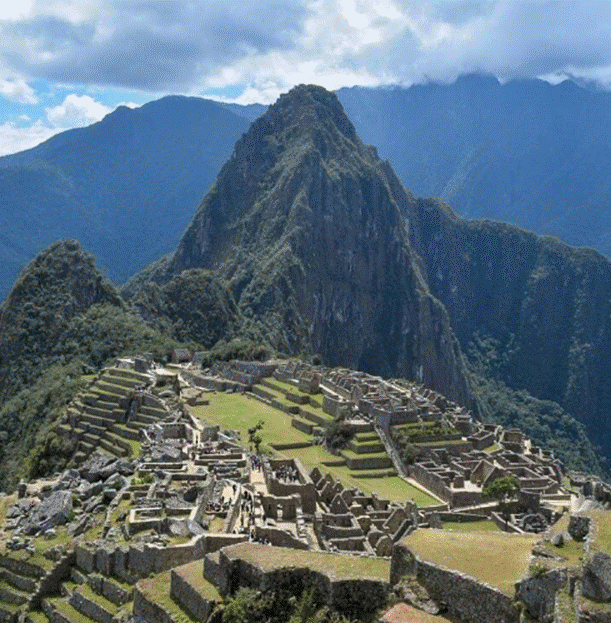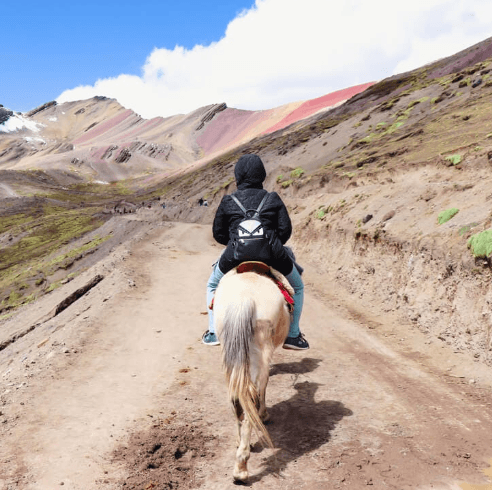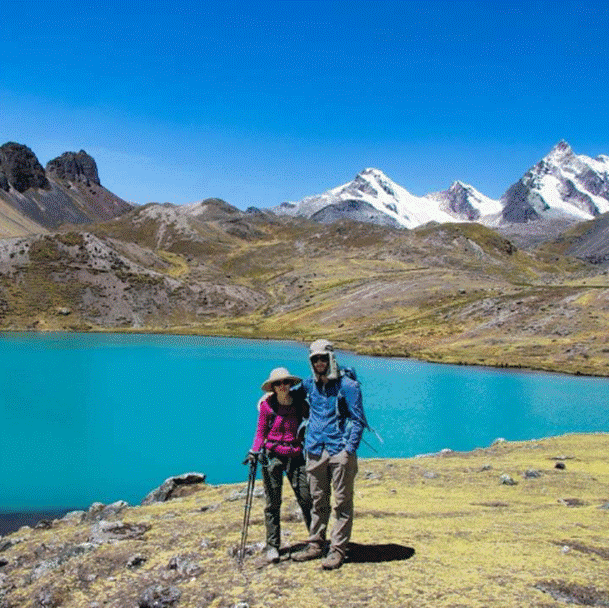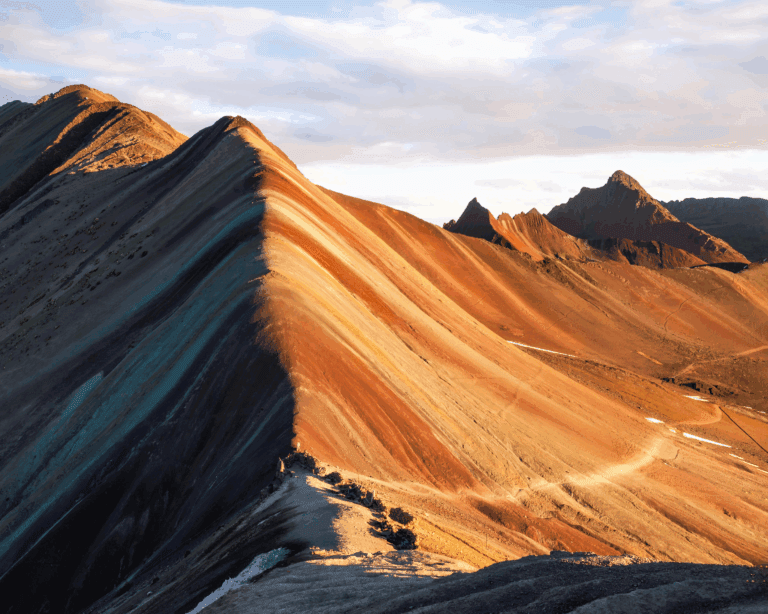Ausangate’s Spiritual Essence: A Journey of Self-Discovery
Ausangate, more than just an imposing mountain, is an Apu, a living deity that has been revered for centuries in the Andean worldview. Travelers seeking more than just a trekking experience find in this place a deep spiritual connection through ancient rituals that are still practiced today. From offerings to the earth to purification ceremonies, Ausangate Mystical Tourism is an opportunity to explore Andean wisdom and renew the spirit. Below, we present some of the rituals practiced during the trek. It is important to clarify that these ceremonies and rituals are completely optional.
1. Pago a la Tierra: An Offering of Gratitude
The pago a la tierra, or despacho, is one of the most important rituals in the Andean world. It is performed to give thanks to Pachamama (Mother Earth), including the Apus, for their abundance, to ask for protection, and to ensure good harvests or safe travels.
What Elements Are Used in the Offerings?
The offerings include coca leaves, chicha (a traditional fermented drink), sweets, alpaca wool, and other symbolic elements that represent the harmony between human beings and nature.

2. Ayahuasca Ceremony
Ayahuasca is a powerful sacred plant used in shamanic rituals for healing and connection with spiritual realms. In the vicinity of Ausangate, some experienced shamans guide this ceremony, helping participants face their fears, uncover hidden messages in their subconscious, and achieve an elevated state of consciousness. However, this ritual is not for everyone; it requires physical, mental, and spiritual preparation.
3. Coca Leaf Reading
The coca leaf has been a sacred plant in the Andes for centuries. Its reading is an art that allows one to interpret signs of the future or receive guidance on important decisions. Shamans consult the Apus through the arrangement of the leaves on a sacred cloth, deciphering the hidden messages in their position.
4. Spiritual Purification in Ausangate
Ausangate Mystical Tourism not only offers ceremonies but also purification experiences. Through baths in sacred hot springs, meditations in energy points, and rituals guided by shamans, visitors seek to release emotional burdens, renew their energy, and align themselves with the power of nature.
5. Who Performs These Ceremonies?
In Andean tradition, spiritual rituals are conducted by shamans with different levels of knowledge. Each of them has a specific role within the mystical world of the Andes.
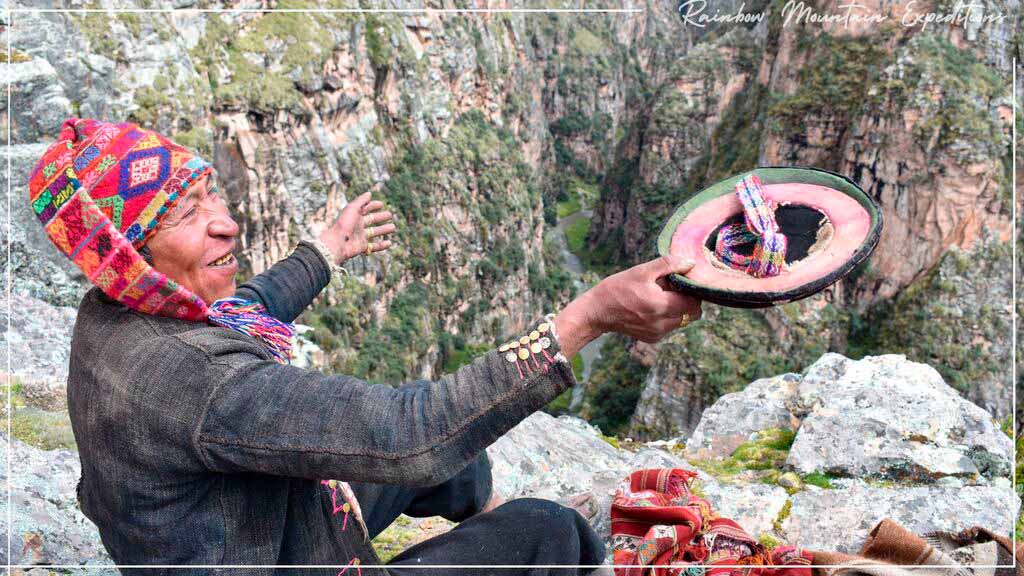
Altomisayoq: The Connector with the Apus
The Altomisayoq are the highest-ranking shamans. They are the only ones who can communicate directly with the Apus, summon them, and receive their messages. They can even heal illnesses and cleanse auras. Their knowledge is passed down through generations, and their role is vital in important rituals.
Pampamisayoq: Healers and Protectors
The Pampamisayoq are the ones responsible for physical and spiritual healing. These shamans use medicinal plants, prayers, and energy rituals to heal illnesses or cleanse a person’s aura. Their deep knowledge of natural medicine allows them to restore balance between body and spirit, ensuring well-being for those who seek their help.
Pacco: Guardians of the Andean Tradition
The Pacco are specialists in offerings and despachos. Their role is essential in performing pagos to the earth, coca leaf readings, and other traditional rituals that maintain harmony between humans and nature. Their wisdom ensures that the sacred reciprocity (ayni) remains alive, strengthening the spiritual connection between people and the natural world.
6. Shamans Today: A Tradition at Risk
Although Andean wisdom is still alive, the number of authentic shamans has significantly decreased. Globalization and the commercialization of these practices have led to the distortion of some rituals, with people performing them without the true ancestral knowledge. Finding an authentic guide is crucial for experiencing a genuine spiritual journey in Ausangate.
7. Precautions, Especially with Ayahuasca
While spiritual experiences in Ausangate can be transformative, taking precautions is essential—especially when it comes to ayahuasca. This ritual is not a recreational experience and should only be conducted by an experienced shaman. Key recommendations include:
- Avoid consuming alcohol or medication before the ceremony.
- Ensure the guide is legitimate and has verified experience.
- Consult a doctor if you have any health conditions.
- Do not participate without proper physical and emotional preparation.
8. Conclusión
Mystical tourism in Ausangate is a unique opportunity for those seeking peace and harmony with nature and their own spirit. However, the key to an authentic experience is respecting Andean traditions and choosing legitimate guides who preserve the true essence of these rituals.
Frequently Asked Questions about Ausangate Mystical Tourism
If you have any doubts about mystical tourism in Ausangate, check out this special FAQ section we’ve prepared for you.
What is Ausangate Mystical Tourism?
It is a spiritual and cultural experience based on ancient Andean rituals. It includes ceremonies such as pago a la tierra (offering to the Earth), coca leaf readings, and spiritual purification, all guided by shamans who preserve these traditions.
Is it safe to participate in an ayahuasca ceremony in Ausangate?
It depends on the shaman and proper preparation. It is crucial to ensure that the guide is experienced and that all medical and spiritual recommendations are followed. People with heart conditions or psychological disorders should avoid it.
What is the purpose of the pago a la tierra?
This ritual is an offering of gratitude to Pachamama (Mother Earth) for her protection and abundance. It involves offerings of coca leaves, chicha (fermented corn drink), and other symbolic elements to ensure balance and well-being.
Can anyone perform a coca leaf reading?
No, only an experienced shaman can perform a coca leaf reading. It is an ancestral practice that requires deep knowledge to interpret the messages hidden in the leaves’ arrangement.
What is the difference between an Altomisayoq and a Pampamisayoq?
- Altomisayoq: A high-ranking shaman who can communicate directly with the Apus (sacred mountain spirits).
- Pampamisayoq: A shaman who focuses on healing and spiritual protection.
What are the risks of participating in these rituals without a proper guide?
Some rituals, like ayahuasca, can have intense physical and psychological effects. Without a qualified shaman, there is a risk of a negative experience or even serious health issues.
How long does an ayahuasca ceremony last?
Typically, between 4 and 6 hours, but its effects can last longer. It is recommended to rest well before and after the ritual.
Is fasting required before participating in these rituals?
Yes, fasting is recommended—especially for ayahuasca—to prepare the body and mind for the experience.
Are mystical rituals in Ausangate open to everyone?
Yes, but participants must join with respect and an open mind. Some ceremonies require prior preparation, and not all shamans accept every visitor.
Can I participate in these rituals without trekking in Ausangate?
Yes, some shamans offer these ceremonies in nearby communities without requiring a long trek. However, experiencing them in the mountains holds special significance within mystical tourism.
Related Posts:
Ausangate Mountain: The Most Important Sacred Mountain
The Inca Road: What You Didn’t Know About the Qhapaq Ñan
The Apus and Their Significance in Andean Culture in Peru
Ausangate Hike: Health Benefits of Hiking Up

